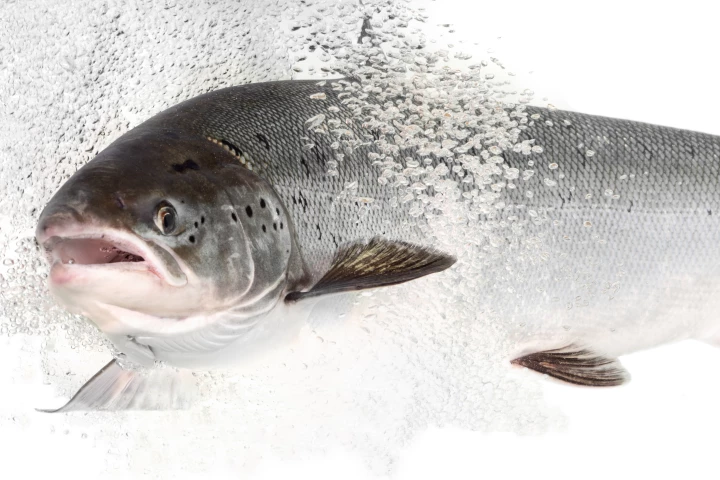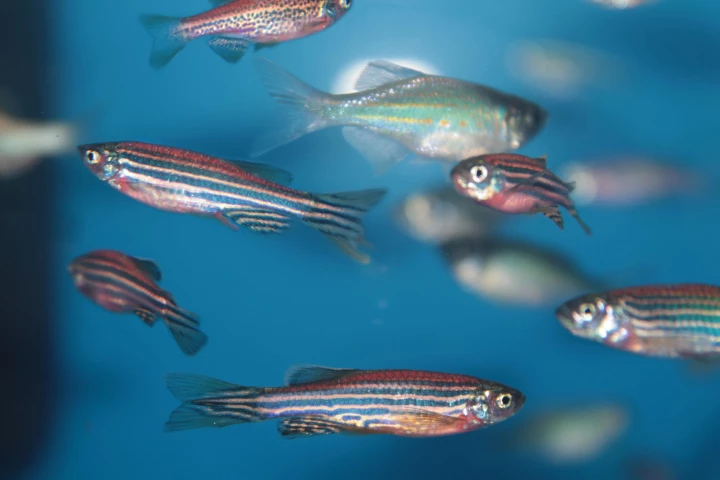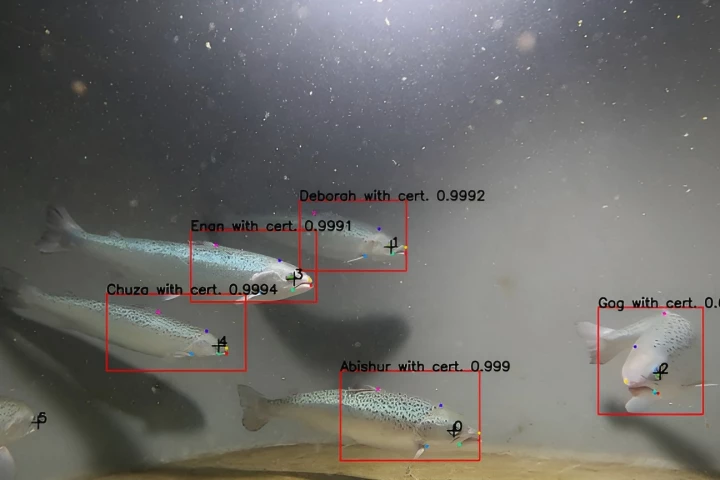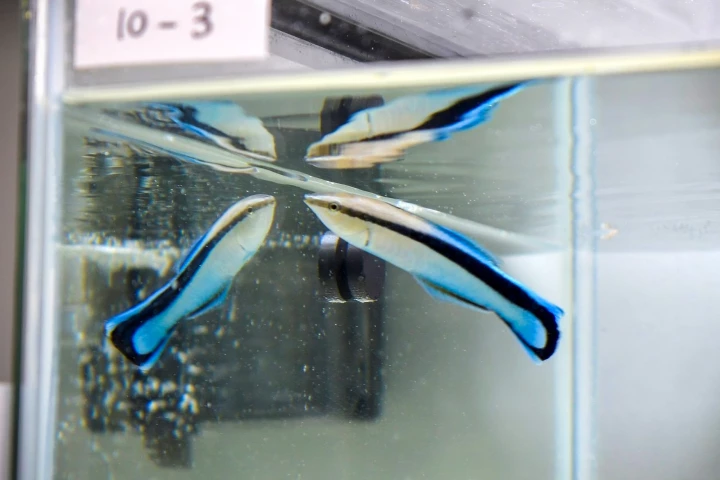Fish
-
Back in 2014, we heard about a so-called "salmon cannon" that safely shot spawning fish up over river-blocking obstacles such as dams. Its successor has since entered use, recently allowing herring to bypass a spillway for the first time in 80 years.
-
If you're releasing a robot into the aquatic environment with no intention of retrieving it, that bot had better be biodegradable. Swiss scientists have gone a step better, with a li'l robot that can be consumed by fish when its job is done.
-
A benzodiazepine seeping into waterways is causing young Atlantic salmon to behave strangely, with fish in the wild migrating more rapidly and taking more risks on their journey from river to ocean. It even seems to be messing up their social lives.
-
You may not think of fish as being noisy, but they can actually be a pretty vocal bunch. A new AI system is able to quickly identify specific fish calls within general reef noise, allowing scientists to better track local populations.
-
Methylmercury is an extremely toxic compound, and unfortunately it's often present in the fish that we eat. Scientists are now developing a method of removing it from the environment, utilizing engineered fish and flies that take up the compound and neutralize it.
-
Stressed fish tend to become unhealthy fish, so it's very important that fish farm operators spot stress as early as possible. A new AI-based system could help them do so, by monitoring the rate at which each fish breathes.
-
Among the important scientific discoveries made every year are some that reveal that the world is way weirder than we give it credit for. From bizarre biological quirks that cause demonic hallucinations, to sci-fi scenarios like brains piloting robots and full head transplants, here are the weirdest science stories of 2024.
-
Last year, it was discovered the bluestreak cleaner wrasse could pass the "mirror test", showing that it can recognize its own face in a mirror. Now researchers have found it can actually size itself up against a potential competitor before a fight.
-
You might soon be buying anti-aging skincare products containing fish guts, thanks to a new study that found that the innards of two species of seabream possess compounds that fight wrinkles and age spots.
-
The law of unintended consequences gained new appreciation today when a five-year study was published in the Journal of Animal Ecology detailing how long-term exposure to pharmaceutical pollutants can have dramatic consequences for marine wildlife.
-
While you're more likely to win the lottery than become a tasty snack for a great white, shark attacks have long been a real fear for beachgoers. While attacks and fatalities look to be on the rise, scientists are yet to pinpoint exactly why.
-
Fish oil supplements containing omega-3 have long been touted as good for heart health. A new study has found they also reduce aggression. Researchers say the safe, common supplements should be used everywhere from the playground to the prison system.
Load More











